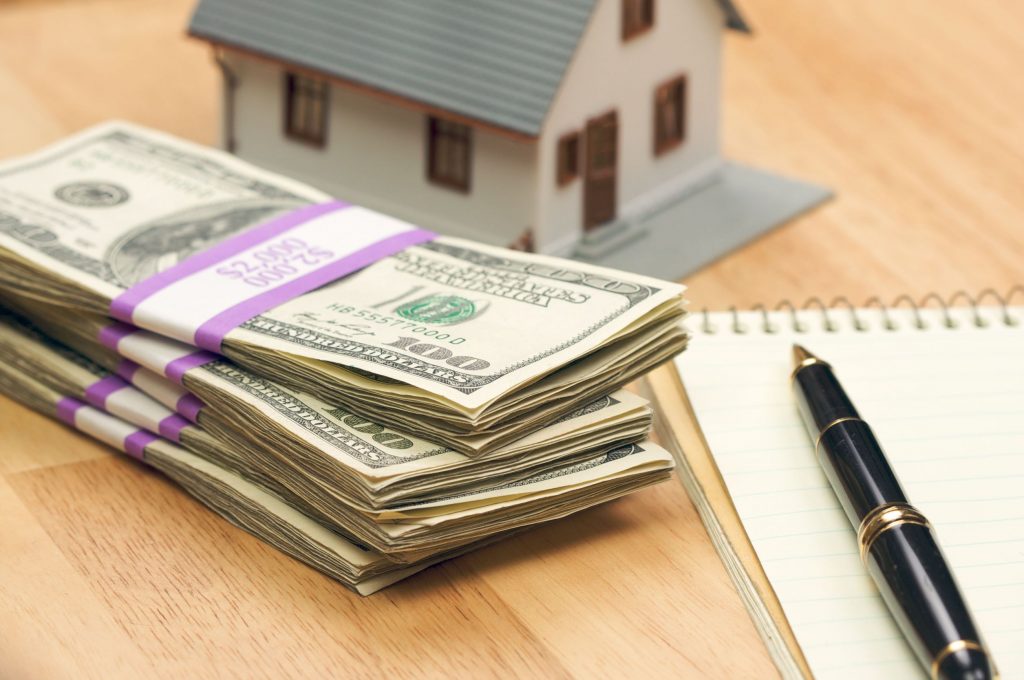Have you ever wondered how many people in the U.S. own their own homes? More specifically, what is the average amount of equity people have in the homes they own? A glance at the U.S. statistics for home ownership rates and related data can be a real eye-opener.

The most recent full-year data shows that about 65 percent of people who live in houses are "owners." Note that owners are defined as those who have any amount of equity in the property, so that 65 percent figure can be a bit deceiving. There's also the issue of the recession in the housing market that took place between 2007 and 2009. That event hit ownership hard, but after the dust settled, the rate went back to its 65 percent level, where it has been ever since. There are year-to-year fluctuations, but in the modern era about two-thirds of people who reside in homes are owners.
The real question is how much equity, on average, U.S. homeowners hold. Equity can range from less than 1 percent up to full ownership, or 100 percent equity. Before WWII, it was more common for people to live in homes that were fully paid-off, but nowadays that's not the case. In fact, since the late 1940s, the average percentage of equity has dropped year after year.
Today, the national average for equity is about 50 percent, meaning that half of homeowners still have "half of a house" to pay for. Here are some other enlightening facts about home ownership and home equity:
The over-65 age group has always led the way in high equity and home ownership statistics, and that's expected to continue for the next decade. However, recent data has shown that not as many older folks are homeowners as was once the case. Also, younger people, in their 20s and early 30s, are delaying home-buying for many reasons, primarily the choice to marry and start a family later than in the past.